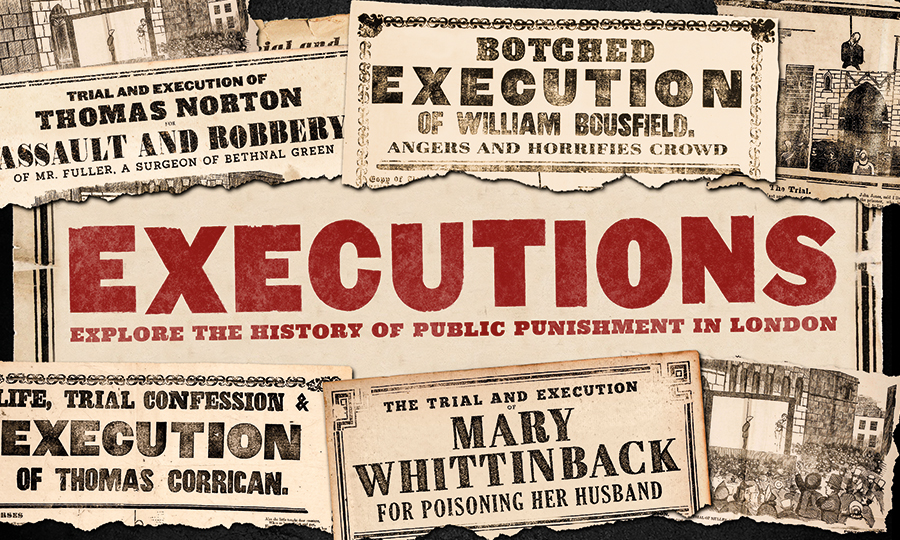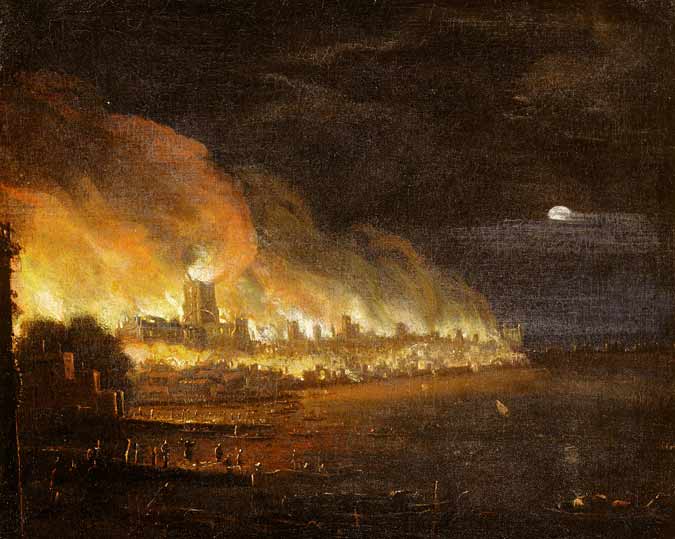War, Plague & Fire
1550s-1660s
The gallery is open during the museum's normal hours:
The gallery is on the entrance floor and can be accessed by lift.

Explore how public executions shaped Londoners’ lives and the city’s landscape in a major new exhibition. Opens October 2022.
Book now

We tackle some of the enduring misconceptions about the Great Fire of London
Read the story
